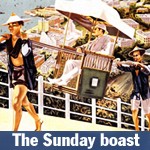 At their closest point, England and France sit a mere 34 kilometres apart, a journey easily travelled by plane, train or hovercraft, if you have one. We opted for an overnight ferry when on a recent trip to Normandy, and it turned out to be a remarkably relaxed way to travel. I’m becoming increasingly anti-air in my old age.
At their closest point, England and France sit a mere 34 kilometres apart, a journey easily travelled by plane, train or hovercraft, if you have one. We opted for an overnight ferry when on a recent trip to Normandy, and it turned out to be a remarkably relaxed way to travel. I’m becoming increasingly anti-air in my old age.
Normandy is arguably most talked about as a World War II battle ground; it was the focus of the Allies’ fight to reclaim France in the latter stages of the war.
I probably shouldn’t admit this in a public forum, but my knowledge of D-Day and Operation Overlord is dominated mainly by a small film called Saving Private Ryan.

A shortcoming fixed now, fortunately.
Odds and ends leftover from the Second World War — gun emplacements and concrete bunkers — dot the coastline; an anomalous sight I first encountered a year earlier on the beach at Capbreton, a town on France’s south-western coast. Bunkers — large concrete blocks — dot the sand haphazardly, as if they were heaved there from heaven.
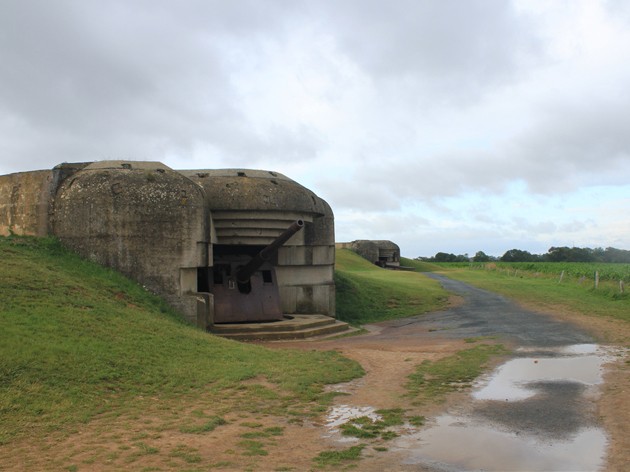
The museum at Arromanches-les-Bains proves illuminating, and it’s particularly helpful that exhibits are labelled in English as well as French. There is also a panoramic theatre in town, Arromanches 360, but we skip it as it’s getting on to lunchtime and we’ve still to drive up to Omaha Beach past the famous (thanks again to Saving Private Ryan) Normandy American Cemetery and Memorial.
It’s an odd place; a little patch of America fixed in foreign soil. It is beautifully maintained, an oasis of manicured lawn and sentimental memorials and, what on close inspection are confirmed to be, marble headstones. The forest of crosses is interspersed with occasional Stars of David; over 9000 dead are remembered here. There is a similar sense to Gallipoli; it seems so strange and sad for so many young men to die so far from home.

After the morning on the WWII trail, in the afternoon we switch our attention to another famous military invasion — but one that took place 900 years earlier. The Bayeux Tapestry (strictly an embroidery) is believed to have been commissioned by Bishop Odo, the brother of William the Conqueror, and possibly created by Anglo-Saxon seamsters. The cloth tells the story of the Norman invasion of England in the eleventh century, a saga that begins with the childless Edward the Confessor seeking an heir to his realm, and after an improbable seaborne raid on English shores and a series of pitched battles, ends with the crowning of the illegitimate Norman duke.
The scenes showing the channel crossing by the Norman boats are fascinating, as are those illustrating the battles between the warring sides. The Anglo-Saxons defended their homeland on foot, using shields and spears, while the Norman knights attacked on horseback, which clearly gave them the advantage. The detail in the stitching of the horses is remarkable. It’s not all dour history of course; bawdy scenes of copulating couples and the odd overlarge phallus embellish panels too.
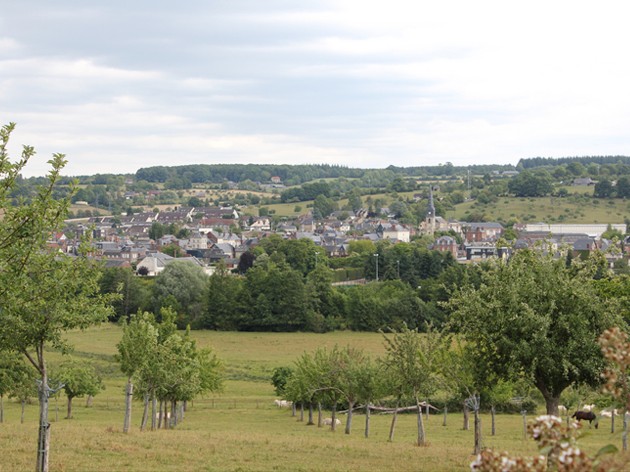
In a ponderous fashion we drive from the coast to our village through lovely farmland, populated by cows amid wheat fields and apple orchards. Apples not for eating however, but for drinking; tellingly, this part of Normandy is called Calvados, also the name for a famous local apple brandy. Cider is another drink common in these parts.
We visited English friends who holiday in a simple house near the village of Sainte Marguerite-des-Loges, and each year their neighbour harvests the cider trees in the yard around the house. He gives half the cider he makes from the apples to the English, and keeps half himself. The cider should be drunk within one or two years of being made, and the stuff we tried was dry and tasty and very different from the sweet swill popular in the UK.
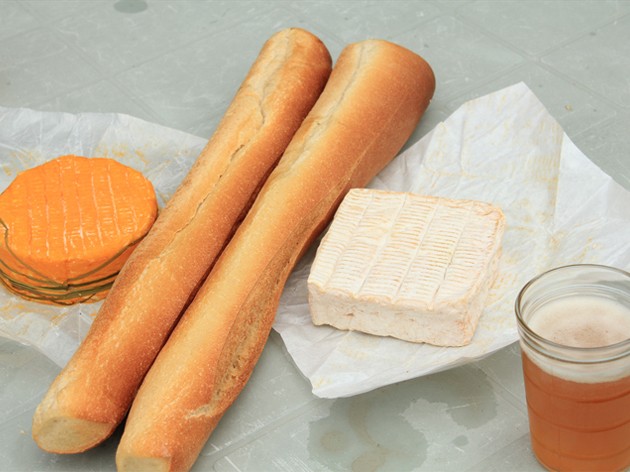
Cheese is another specialty, particularly a pungent soft cheese called Livarot, after a local village. The Norman cheese pedigree is undeniable; the little town of Camembert is also nearby. These cheeses expose me as a fromage fraud; the Livarot is just too strong for my Australian palate.
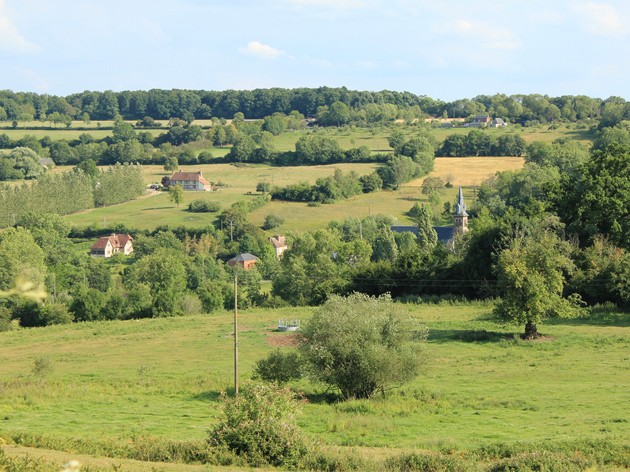
The town I like; far from the cities of London and Paris, this part of Normandy is properly pastoral and reminds me of where I grew up; not an obvious tourist spot but all the more charming for it.







Crikey is committed to hosting lively discussions. Help us keep the conversation useful, interesting and welcoming. We aim to publish comments quickly in the interest of promoting robust conversation, but we’re a small team and we deploy filters to protect against legal risk. Occasionally your comment may be held up while we review, but we’re working as fast as we can to keep the conversation rolling.
The Crikey comment section is members-only content. Please subscribe to leave a comment.
The Crikey comment section is members-only content. Please login to leave a comment.